Trump Administration’s new AI policies require federal agencies to prioritize American companies for contracts
These memos offer the first policy guidance from the Trump Administration since his executive order requiring federal agencies to take a second look at their AI policies.

Russ Vought, Donald Trump’s pick to lead the Office of Management and Budget, has sure been keeping busy.
Elon Musk’s DOGE has tag-teamed with the office he oversees, the OMB, as well as the Office of Personnel Management, for approvals and spending cuts in the last few months. Musk and Vought have, behind the scenes, apparently become quite the duo—collaborating on a cost slashing effort that is reshaping some federal agencies.
As part of these efficiency efforts, Vought sent out a couple memos to all the federal agencies last week, laying out this administration’s new AI policies for the government. The memos specified how federal agencies should adopt and try to incorporate AI within their respective organizations, and rolled back rules established in a 2024 Biden-administration memo — something Trump had instructed the agency to do earlier this year via an executive order.
These new policies understandably got lost in all the recent noise around Trump’s tariffs and the stock market carnage. But these memos are worth pointing out. They are the first guidance on AI coming from Trump’s administration since he issued an executive order at the end of January, tasking federal agencies to revise or pull back policies inconsistent with his own goals.
The new memos instruct U.S. agencies to prioritize AI products built in the U.S. and remove some of the safety requirements that had been in place under Biden. It also allows agencies to use pre-existing approval processes they had for other government IT, meaning that government agencies may—theoretically—be able to streamline the adoption process and start using AI tools more quickly.
This isn’t specific to generative AI, and it definitely doesn’t mean that each agency is going to start using Grok, like DOGE has apparently been doing. But it formulizes some of the Trump Administration’s priorities and messaging around AI, creating a template that could hint at what’s to come as we await the administration's broader AI policy. .
The biggest differences between Vought’s new memos and Biden’s OMB memo lie in the approach to risk, according to Gordon Bitko, executive vice president of policy of the Information Technology Industry Council, a trade organization representing the tech industry. The new memos make the argument that “failure to innovate and implement AI at scale in the government” is actually a “bigger risk than improper use of AI,” Bitko told me in an email. (This “risk of not acting” argument has echoes of Marc Andreessen’s 2023 manifesto on AI risk, though Andreessen argued that the biggest risk of inaction was losing the AI race to China)
While the Biden-era OMB memo focused on potential impact to rights or safety of citizens, Vought’s memo gives agencies more flexibility to decide for themselves what would be considered a “higher-impact” AI use case—evaluate risks for themselves and handle it accordingly. Bitko calls them “less prescriptive,” in that it appears that agencies will have more discretion in how they document their impact assessments and testing.
The new memos also emphasize for the first time that agencies must prioritize AI products built in the U.S., in keeping with Trump’s “America First” approach.
But apart from these items, these two new memos actually have a lot in common with the Biden memo that went out last year, and they actually maintain a lot of Biden-era guidance. The new memos continue to require agencies to have Chief AI Officers, to track how the agencies are using AI, develop policies to remove barriers for implementing AI, and publish their compliance plans on agency websites. None of that will change under Trump—or at least, not yet.
Since the original OMB memo in 2024, 86% of the federal government’s 266 agencies have complied and submitted AI compliance plans to the OMB, according to a report published by Stanford University that evaluated compliance. As of the end of January, 41 federal agencies were experimenting with AI or machine learning tools—using them for 2,133 different use cases, according to an OMB inventory Trump started mandating during his first term in office—showcasing much wider adoption of artificial intelligence within the federal government since the end of 2023, when there were only 700 use cases.
Government agencies have started using AI for a range of interesting tasks. Some highlights: Identifying and analyzing pulmonary nodules in lung cancer screening exams at the Department of Veteran Affairs;analyzing the impact of illicit drugs on communities and individuals in Department of Justice drug trafficking investigations; and navigating the Mars2020 Rover from Earth at NASA.
See you tomorrow,
Jessica Mathews
X: @jessicakmathews
Email: jessica.mathews@fortune.com
Submit a deal for the Term Sheet newsletter here.
Nina Ajemian curated the deals section of today’s newsletter. Subscribe here.
This story was originally featured on Fortune.com






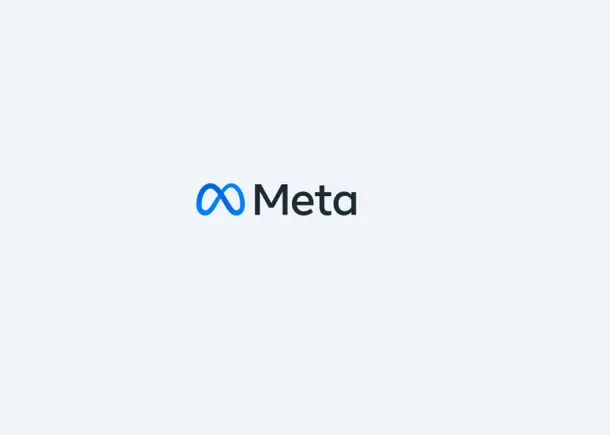
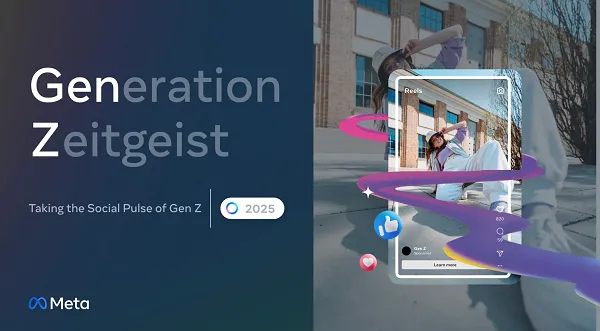





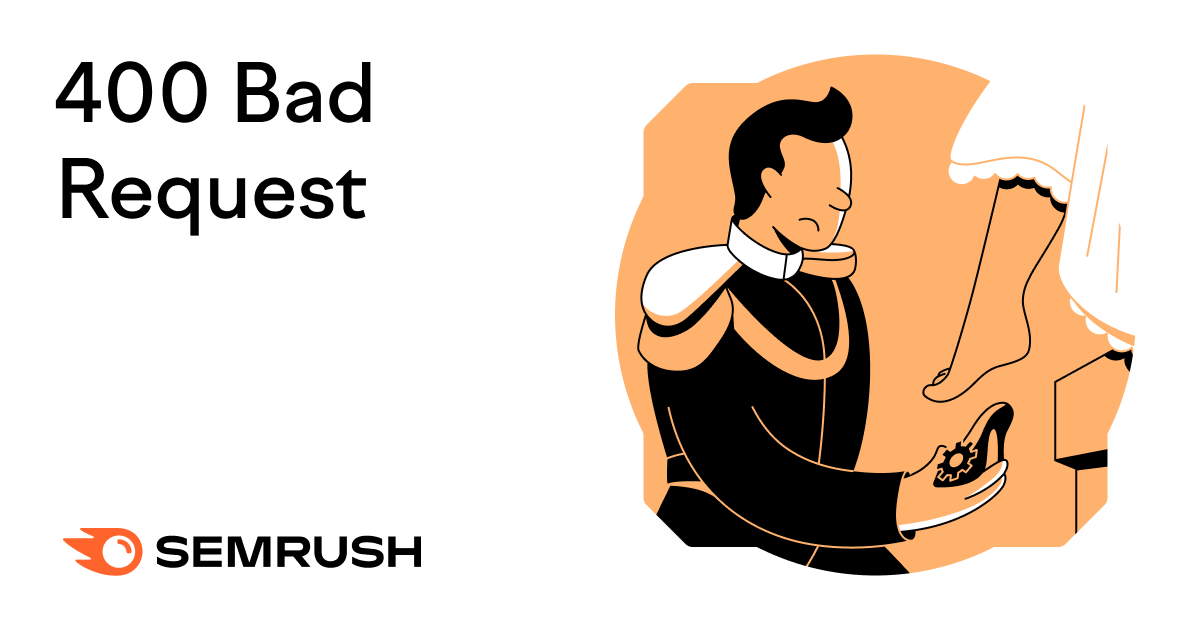


























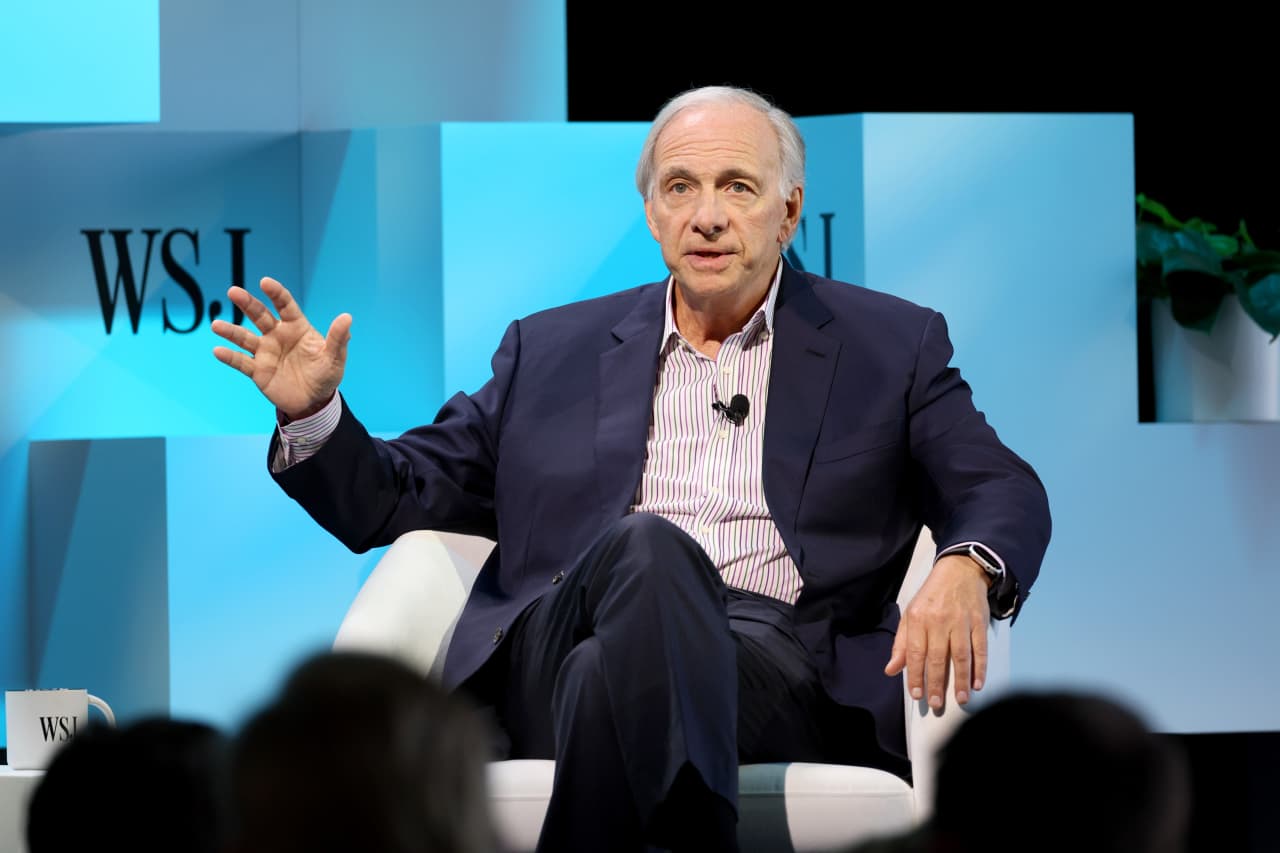





































































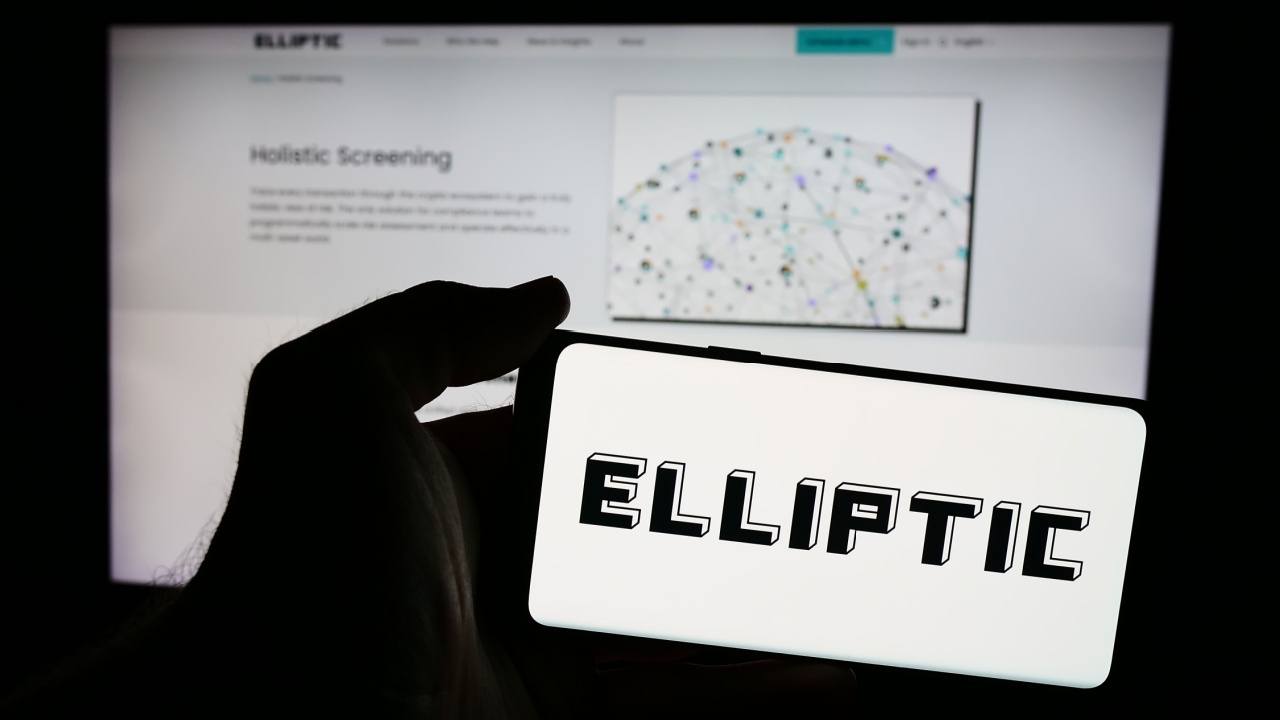
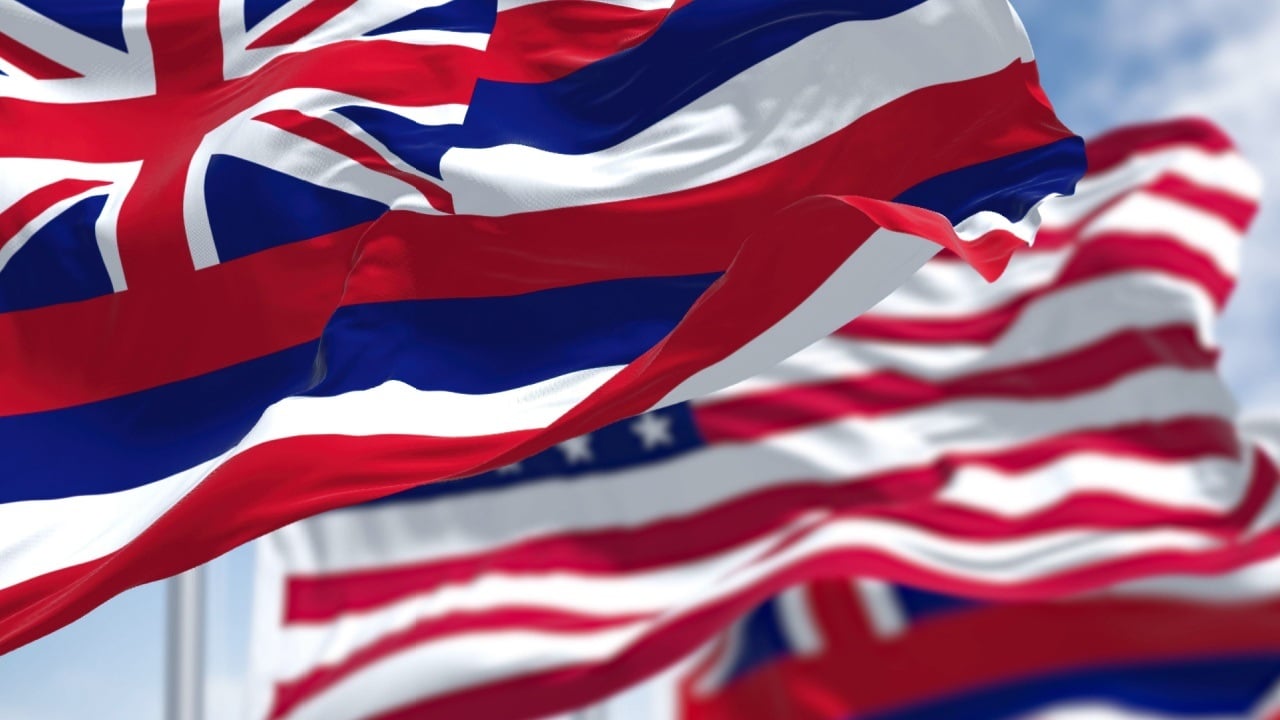
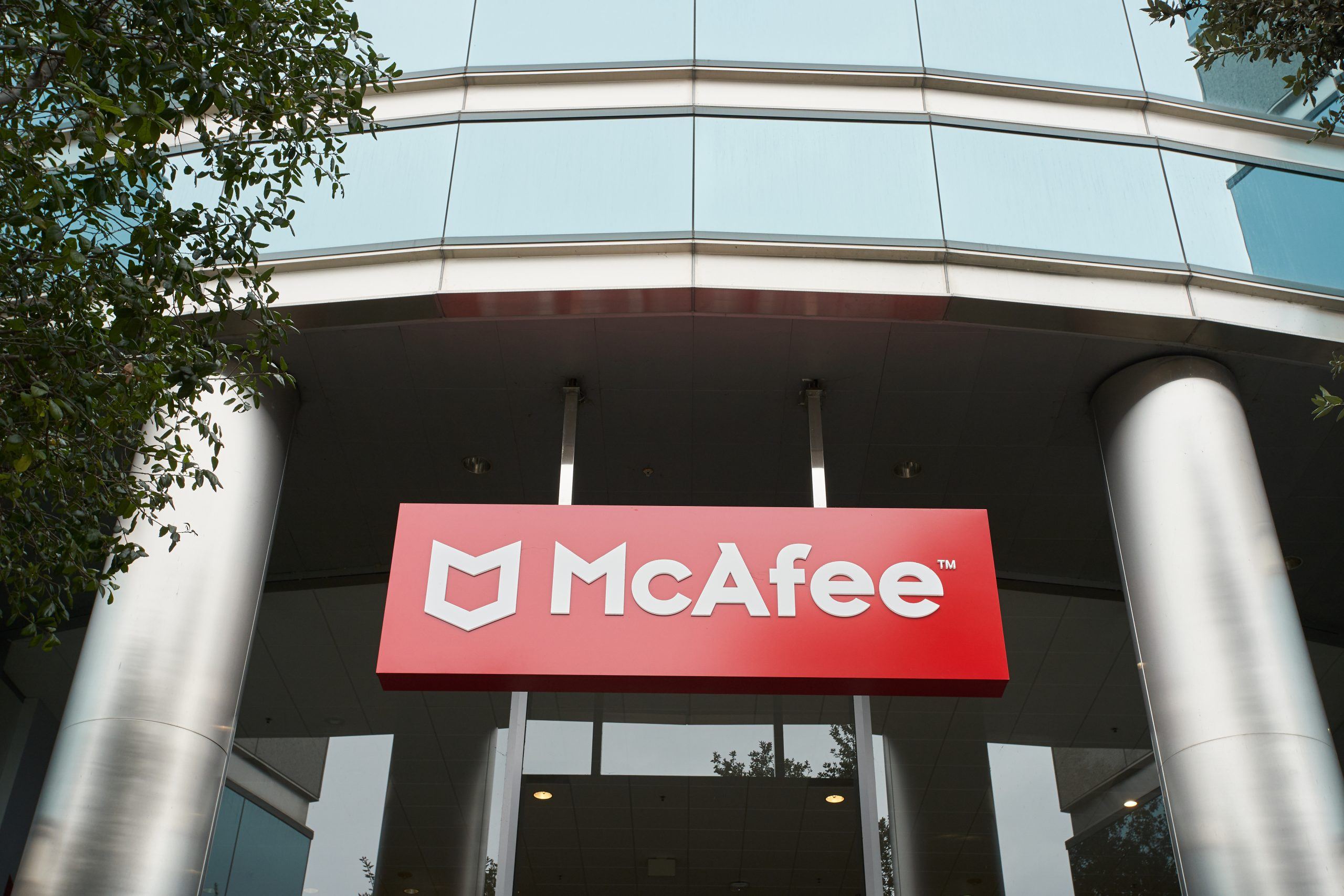




























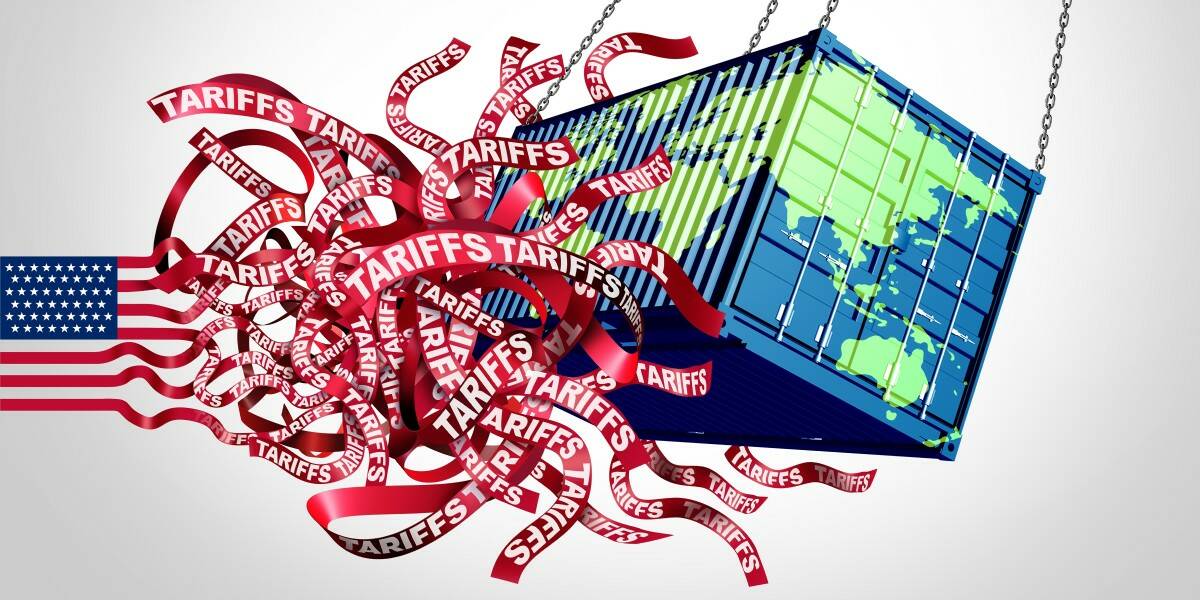
















































![How to Find Low-Competition Keywords with Semrush [Super Easy]](https://static.semrush.com/blog/uploads/media/73/62/7362f16fb9e460b6d58ccc09b4a048b6/how-to-find-low-competition-keywords-sm.png)


